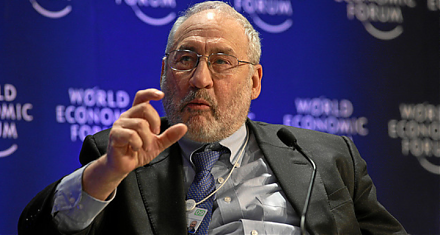

2019-08-05 13:30:00 Mon ET
stock market competition macrofinance stock return s&p 500 financial crisis financial deregulation bank oligarchy systemic risk asset market stabilization asset price fluctuations regulation capital financial stability dodd-frank
China continues to sell U.S. Treasury bonds amid Sino-U.S. trade truce uncertainty. In mid-2019, China reduces its U.S. Treasury bond positions by $20.5 billion to $1.12 trillion. These Treasury bond positions reach their lowest level or 5% of U.S. government debt in 2017-2019 amid Sino-American trade conflict and economic policy uncertainty. The Chinese Xi administration may use its current status as the top Treasury debtholder as special leverage in the next round of trade negotiations. In response, the Chinese renminbi hovers in the broad range of 6.69x-6.97x per U.S. dollar during the recent time frame. Some investment bankers speculate that as the largest foreign owner of U.S. government bonds, China may implement the nuclear option by offloading lots of Treasury bonds to trigger interest rate hikes in America. These interest rate hikes may inadvertently cause collateral damage to the U.S. economy.
However, Lowy Institute senior fellow Richard McGregor offers the fresh economic insight that China cannot easily manipulate its current U.S. Treasury bond portfolio with no negative impact on the Chinese currency and current account deficit. U.S. trade envoy Robert Lighthizer and Treasury Secretary Steven Mnuchin expect to meet the Chinese hardliners for bilateral trade discussions in Shanghai from late-July to mid-August 2019.
If any of our AYA Analytica financial health memos (FHM), blog posts, ebooks, newsletters, and notifications etc, or any other form of online content curation, involves potential copyright concerns, please feel free to contact us at service@ayafintech.network so that we can remove relevant content in response to any such request within a reasonable time frame.
2022-10-25 11:31:00 Tuesday ET

Corporate investment insights from mergers and acquisitions Relative market misvaluation between the bidder and target firms drives most waves of mergers
2018-09-09 13:42:00 Sunday ET

Warren Buffett shares his key insights into life, success, money, and interpersonal communication. Institutional money managers and retail investors ca
2018-11-30 12:42:00 Friday ET

Andy Yeh Alpha (AYA) AYA Analytica financial health memo (FHM) podcast channel on YouTube November 2018 AYA Analytica is our online regular podcast and news
2019-06-29 17:30:00 Saturday ET

Nobel Laureate Joseph Stiglitz proposes the primary economic priorities in lieu of neoliberalism. Neoliberalism includes lower taxation, deregulation, socia
2019-12-28 09:36:00 Saturday ET

Global debt surges to $250 trillion in the fiscal year 2019. The International Institute of Finance analytic report shows that both China and the U.S. accou
2020-01-15 08:31:00 Wednesday ET

Anti-competitive corporate practices may stifle U.S. innovation. In recent decades, wage growth, economic output, and productivity tend to stagnate as U.S.